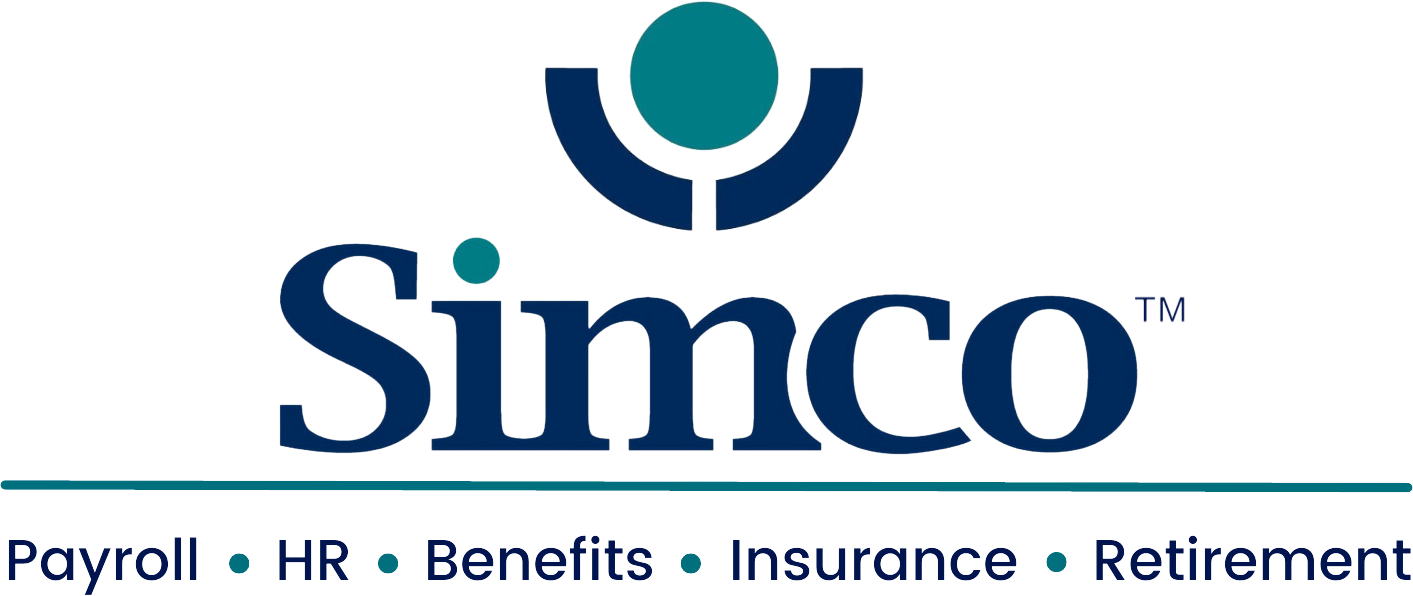
The U.S. Department of Homeland Security’s (DHS) Citizenship and Immigration Services (USCIS) recently announced the release of an updated Employment Eligibility Verification form (Form I-9) and instructions. The updated Form I-9 will be available to employers starting August 1, 2023; however, the prior version of Form I-9 (Revised October 21, 2019) continues to be effective through October 31, 2023.
After October 31, employers who continue to use the outdated Form I-9 will be subject to penalties.
The revisions to the form and its instructions are intended to streamline the documents and reduce the burdens associated with the form for employers and employees.
The DHS also issued a final rule to become effective on Aug. 1, 2023, which will amend agency regulations to allow for the authorization of alternative document examination procedures, such as remote documentation verification and examination. The new rule is designed to increase flexibility and improve the agency’s ability to respond to emergencies, such as a pandemic similar to COVID-19.
These announcements have been long-awaited after previous extensions of the existing form and temporary COVID-19 flexibilities allowing remote verification. As these changes will impact all employers, now is a critical time to ensure that organizations are familiar with them, review their Form I-9 practices and make any necessary adjustments. Accordingly, this article provides employers with an overview of the changes to Form I-9 and remote document verification and outlines strategies to help employers prepare for the new form.
Form I-9 Overview
The Immigration Reform and Control Act of 1986 (IRCA) requires all employers, regardless of size, to hire only individuals who may legally work in the United States. To comply with the law, employers must verify each individual's identity and employment authorization by completing and retaining the Form I-9.
Form I-9 Updates
The USCIS released the following updates to Form I-9:
- Reduced Sections 1 and 2 to a single sheet;
- Moved the Preparer/Translator Certification area from Section 1 to a standalone supplement (Supplement A);
- Moved the Reverification and Rehire area from Section 3 to a separate supplement (Supplement B);
- Replaced the use of “alien authorized to work” with “noncitizen authorized to work;”
- Clarified the difference between “noncitizen national” and “noncitizen authorized to work;"
- Ensured the form can be downloaded easily and filled out on tablets and mobile devices;
- Eliminated the requirement to enter “N/A” in certain fields;
- Revised the notice that explains how to avoid discrimination in the Form I-9 process;
- Updated the List of Acceptable Documents page to include guidance and links to information on automatic extensions of employment authorization documentation and some acceptable receipts; and
- Added a check box to use if the employee’s Form I-9 documentation was examined under a DHS-authorized alternative procedure rather than a physical examination.
Additionally, the USCIS updated Form I-9’s instructions. These updates include the following:
- Reduced the instruction’s length from 15 pages to eight pages;
- Included definitions of key actors in the Form I-9 process;
- Simplified the steps each actor takes to complete their section of the form;
- Added instructions for the use of the new checkbox for employers who choose to examine Form I-9 documentation under an alternative procedure; and
- Eliminated the abbreviations charts and moved them to the USCIS’ Handbook for Employers.
Completing the Updated Form I-9
To comply with employment eligibility verification requirements, employers can use the updated Form I-9 starting August 1, 2023. Employers do not need to complete the new form for current employees with a properly completed Form I-9 on file unless reverification applies after October 31, 2023.
Employers may continue using the prior version of the form through October 1, 2023. The USCIS is allowing employers this additional time to make necessary updates and adjustments to their business processes. After October 1, 2023, the prior version of Form I-9 will be obsolete and no longer valid. Starting November 1, 2023, employers who fail to use the updated form may be subjected to all applicable penalties under section 274A of IRCA. Employers may download the current version of the form on the USCIS’ website. Starting August 1, 2023, the new form will be available on the USCIS’ website.
Preparing for the Updated Form I-9
Complying with Form I-9 requirements is often challenging and places a large administrative burden on employers.
Failing to complete and retain Forms I-9 for all employees can be extremely costly. Under the IRCA, employers can be subjected to fines for not complying with Form I-9 guidelines, accepting fraudulent documents when verifying an employee’s identity and employment eligibility, and discriminating against individuals based on their citizenship status or national origin.
Additionally, Form I-9 violations often can lead to additional fines and penalties from other government agencies.
While the required timelines for completing Forms I-9 for employees haven’t changed, the updated form will likely force employers to make some changes to their Form I-9 operations and processes; therefore, it’s critical that employers familiarize themselves with the new form and its changes so they can ensure an efficient and effective Form I-9 process and avoid costly penalties. Employers can consider the following strategies to help ensure they meet the Oct. 31 deadline and comply with Form I-9 requirements.
Remote Document Verification
The USCIS also announced a final rule in the Federal Register recognizing the end of temporary COVID-19 flexibilities on July 31, 2023. The final rule also provides the DHS the authority to authorize optional alternatives for employers to examine Form I-9 documentation.
Under current requirements, employers must physically inspect Form I-9 acceptable documents to certify that their employees are authorized to work in the United States; however, with the final rule, the DHS also published an accompanying document in the Federal Register providing employers enrolled in E-Verify the option to remotely examine their employees’ identity and employment authorization documents under a DHS authorized alternative procedure.
The remote verification option will not be available to employers unless they enroll in E-Verify.
To participate in the remote examination of Form I-9 documents under the DHS-authorized alternative procedure, employers will need to:
- Be enrolled in E-Verify;
- Examine and retain copies of all documents;
- Conduct a live video interaction with the employee; and
- Create an E-Verify case if the employee is a new hire.
Employers who were participating in E-Verify and created a case for employees whose documents were examined during COVID-19 flexibilities (March 20, 2020, to July 31, 2023) may choose to use the new alternative procedure starting on August 1, 2023, to satisfy the physical document examination requirements by August 30, 2023. Employers not enrolled in E-Verify during the COVID-19 flexibilities must complete an in-person verification by August 30, 2023.
Form I-9 requirements impact all employers; therefore, with these fast-moving and even confusing changes, now is a critical time for employers to review their Form I-9 processes. By understanding Form I-9 requirement changes and the implementation timelines, employers can better prepare to comply with these new requirements.
Contact SimcoHR today for additional Form I-9 resources or questions.
Sign up for our newsletter.




